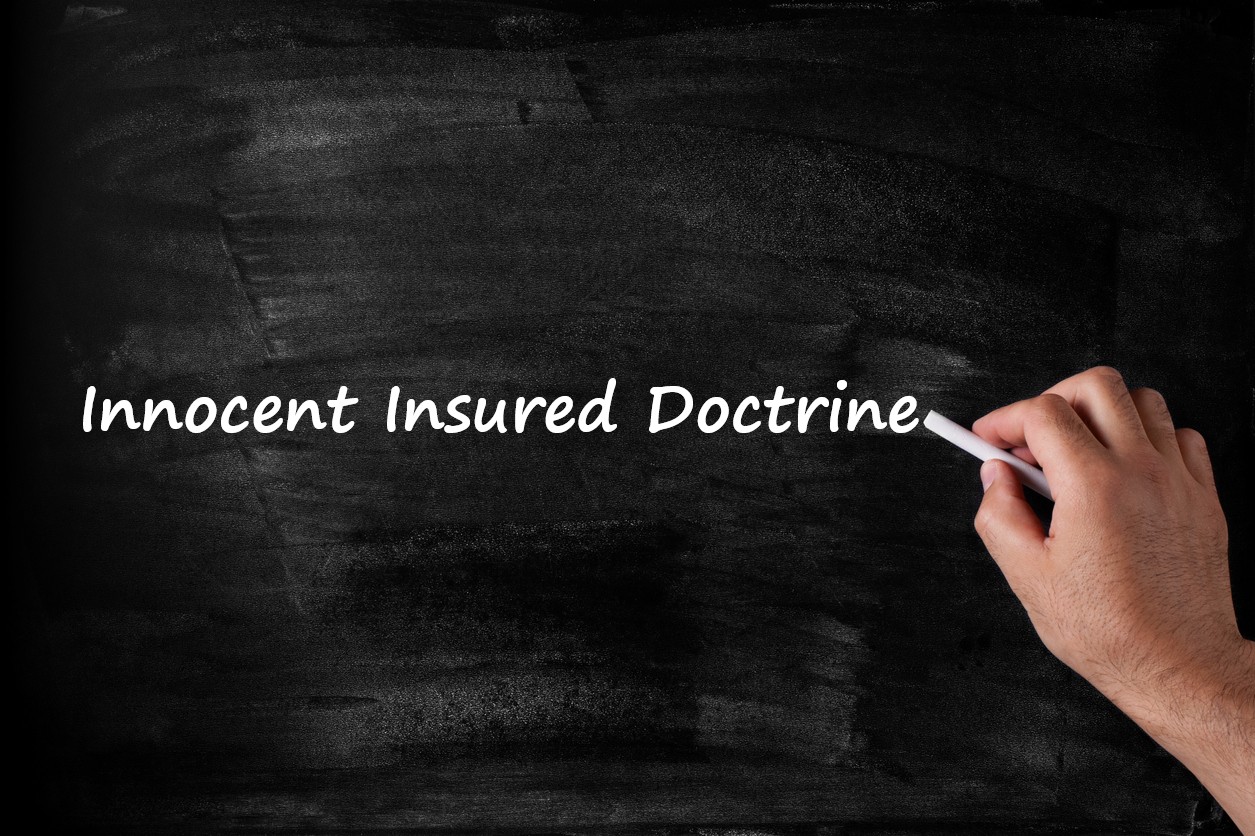
On March 29, 2019, I had the distinct pleasure of joining a distinguished panel of practitioners, educators, and policy makers at The Protection Gap in Property Insurance program sponsored by Rutgers Insurance Law Professor Jay Feinman, Rutgers law School and The Rutgers Center for Risk and Responsibility.1
This engaging conference focused on defining and identifying insurance protection gaps – i.e., residential and commercial property losses that are insured versus those that could or should be insured. The discussion led to a working interpretation of protection gaps as the difference between breadth of coverage policyholders believe they have versus limited coverage provided by the policy when a loss occurs. The panel also brainstormed possible solutions for protection gaps in various first-party losses.
Protection gaps arise when certain perils are not covered, or when expected coverage is limited or excluded. Examples of protection gaps include flood or earthquake exclusions; increased hurricane or windstorm deductibles; limitations for wind-driven rain; waiting periods; restrictive loss settlement provisions; or other limitations that catch policyholders by surprise after a loss.
My presentation, entitled Property Insurance Coverage Gaps Caused by Mortgage and Lender Requirements, summarized various coverage gaps likely to exist because borrowers may purchase inadequate property insurance that does not meet mandated mortgage requirements protecting the asset. Some of these gaps arise, and the insured borrower could be severely prejudiced, when they buy policies with unforeseen coverage gaps, such as: ACV rather than RCV benefits on older roofs or other portions of insured structures; wind and wind-driven rain exclusions; matching limitations; and limitations on coverage when a property becomes vacant or unoccupied. Insurers attempting to limit coverage to actual cash value, or amounts less than full replacement cost, while listing borrowers as loss payees, must know they are selling insurance inconsistent with common mortgage terms.
The list of possible coverage gaps is not exhaustive. For instance, after the seminar I thought of another common, problematic coverage gap involving lender placed insurance (LPI). If homeowners let their coverage lapse for whatever reason, the bank will add the property to a “master policy” that provides ridiculously limited coverage if the property suffers damage. Again, the bank is worried about protecting their mortgage interest in the asset, not the insured’s interest in having a safe, secure place to live. Homeowners pay much more for this reduced coverage, usually tacked on to the mortgage payment. Most clients I have had in this situation believe LPI is the same as any other homeowner’s policy. The coverage is not only skeletal but the bank/loan servicer is the named insured. The homeowner may not even be an additional insured or third-party beneficiary.2 The only direct benefit to homeowners, if it exists, is buried in the loss payment provision language.
As policyholder attorneys, we continually confront protection gaps like those noted above. While there is no single solution to gird these issues, the seminar underscored several practical takeaway points for insureds:
- Homeowner’s insurance is a unique consumer product because it is most often bought without knowing what’s in it. Premium rates are typically the customers’ basis of comparison between insurance companies.
- What you don’t know might hurt you. Policyholders should read the policy — before a loss. Familiarize yourself with notice provisions, deductibles, definitions, exclusions, and terms used in the policy as they pertain to your property or business.
- Check whether the policy limits match your expectations, requirements and business activities.
- Avoid being underinsured by talking to your agent periodically (at least upon renewal) about any changes to the business or property, and update coverage as necessary.
- Carefully consider whether temporary vacancies will impact the property or increase the risk of loss.
- When in doubt, do not hesitate to call us with any questions you might have.
______________________________
1 Professor Feinman is a leading scholar and author of Delay, Deny and Defend, which discusses many common problems policyholders face with insurance claims.
2 See Francese v. Am. Modern Ins. Group, Inc., No. 2:17-2246, 2019 WL 1615086 (D.N.J. April 16, 2019)(finding that insured had no right to benefits for property da mage under lender placed insurance policy).



